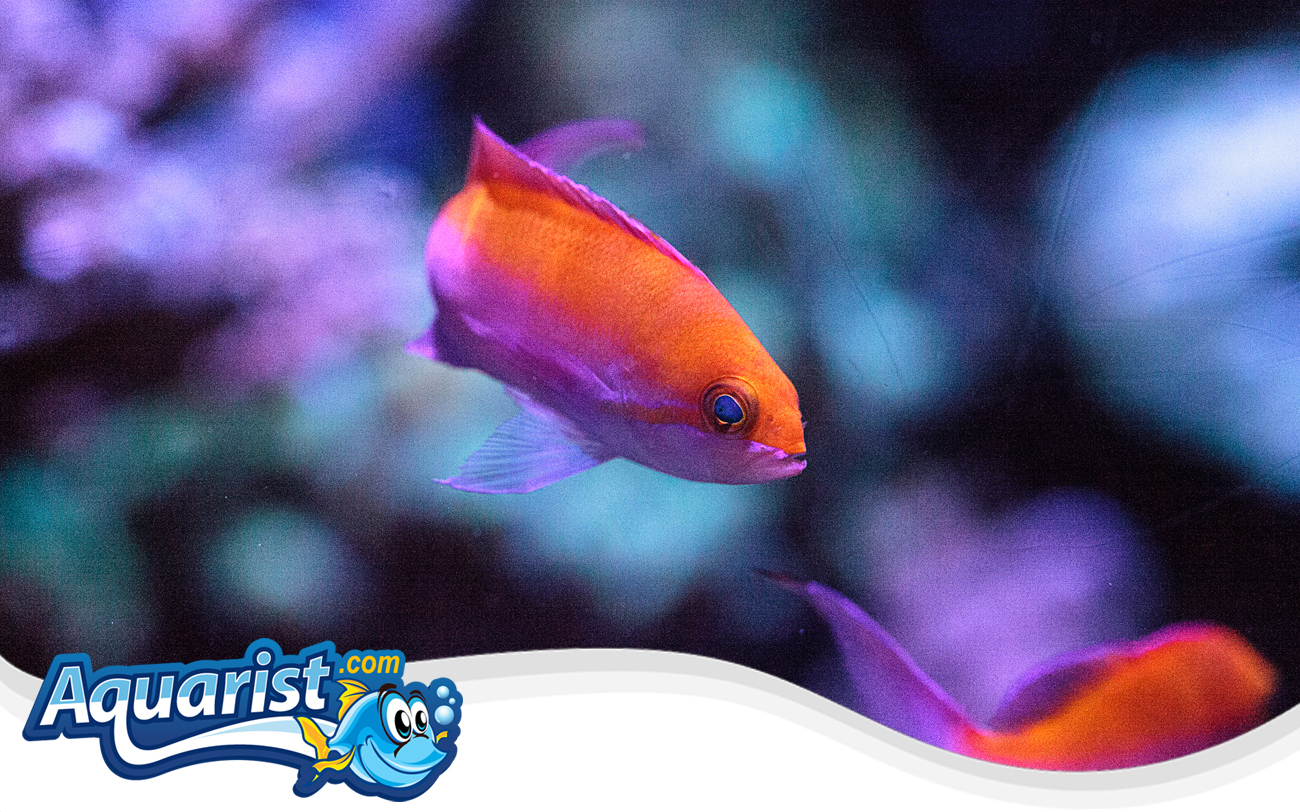Overview
- Native to the Indo-Pacific, commonly inhabiting coral reefs and reef slopes.
- Known for its vibrant coloration with males showcasing a striking mix of pink and orange, while females exhibit a softer yellowish-orange color.
- A schooling species, prized for its active swimming behavior and beautiful colors.
- Suitable for intermediate marine aquarists due to specific dietary and habitat requirements.
Feeding
- Primarily planktivorous; naturally consumes zooplankton and small marine organisms.
- Requires frequent small feedings of high-quality marine foods such as mysis shrimp, brine shrimp, finely chopped seafood, and specialized planktonic foods.
- Multiple feedings daily help maintain optimal health, coloration, and activity levels.
- Dietary variety is essential for nutritional balance and long-term health.
Habitat
- Thrives best in moderately sized aquariums (minimum 70 gallons) with plenty of open swimming areas and structured live rock.
- Requires stable, mature aquarium conditions with consistent water quality.
- Provide adequate hiding places and caves to mimic their natural reef habitat.
- Moderate water circulation and efficient filtration are necessary for maintaining pristine water conditions.
Fish Care
- Preferred water temperature: 72-78°F (22-26°C).
- Recommended pH: 8.1-8.4; specific gravity: 1.020-1.025.
- Sensitive to water parameter fluctuations; regular water testing and careful maintenance required.
- Monitor regularly for marine diseases; early intervention ensures optimal health.
Compatibility
- Peaceful species best kept in groups with one male and several females.
- Reef-safe; ideal companions include peaceful wrasses, clownfish, gobies, dartfish, and other small, non-aggressive reef-safe species.
- Should be kept in peaceful community tanks; avoid aggressive or territorial fish species.
- Social behavior is best exhibited when kept in a small school.
Aquarium Behavior
- Very active swimmers, constantly moving in open water.
- Exhibits schooling behavior, especially when kept in small groups.
- Peaceful demeanor makes them ideal for community reef aquariums.
- Providing ample swimming space and appropriate tank mates reduces stress and promotes natural behaviors.


